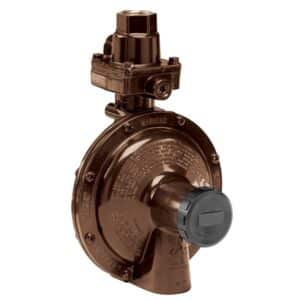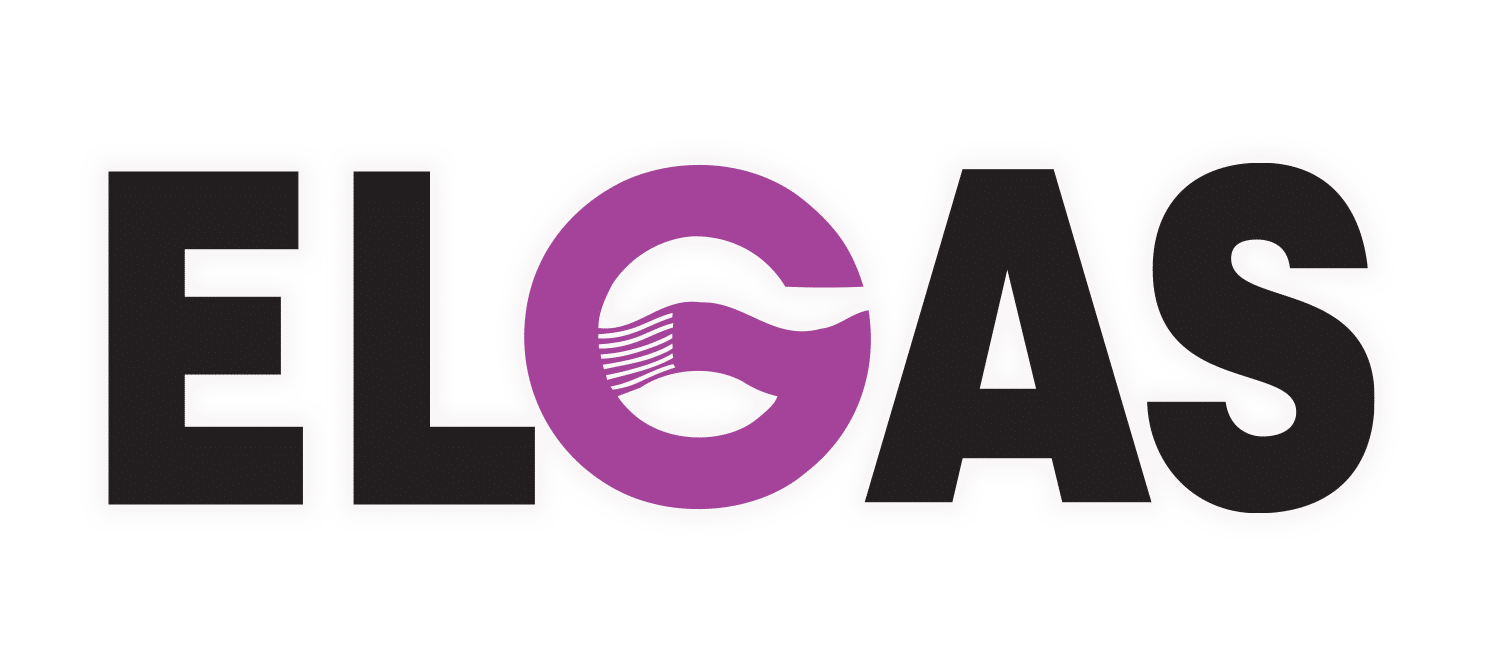Gas Regulator Pressure: Home LPG Regulator – Low Pressure Gas – LPG Gas Fittings and Connections
An LPG regulator (LPG gas regulator), house gas regulator pressure, LPG gas fittings and connections (gas bottle connections) are all important for home LPG gas use.
The LPG gas regulator pressure is the low pressure gas from the gas bottle to the LPG regulator (LPG gas regulator) and through the LPG gas fittings and connections (LPG gas fittings) to the 2.75 kPa house gas regulator pressure for low pressure gas appliances.
So, say you’ve just moved into your first home that has LPG gas.
You go outside and look at the gas bottle and LPG pressure regulator (LPG gas regulator) connected by all the LPG gas fittings and connections (gas bottle connections) and you wonder:
“What is all of this stuff and how does it work?”
Find out here…
LPG Regulator and LPG Gas Regulator Pressure

An LPG regulator (LPG gas regulator) automatically modulates high pressure gas to house gas regulator pressure for low pressure gas and is connected by the LPG gas fittings and connections (gas bottle connections).
The LPG gas regulator pressure is determined by the 2.75 kPa LPG gas regulator (LPG regulator) for the house gas regulator pressure gas to low pressure gas appliances attached.
The image shows an LPG regulator (LPG gas pressure regulator), LPG gas fittings and connections (LPG gas fittings).
An LPG regulator (LPG gas pressure regulator) reduces the LPG gas regulator pressure delivered to the house gas regulator pressure for low pressure gas gas appliances from the gas bottles via the LPG gas fittings.
The pressure within a gas bottle can be 800-900kPa vs the 2.75kPa house gas regulator pressure typically required and provided by a 2.75 kPa LPG gas regulator (LPG regulator) low pressure gas .
An LPG pressure regulator (LPG gas pressure regulator) is usually factory pre-set as a 2.75 kPa low pressure gas regulator (LPG regulator) to deliver the standard low pressure gas LPG gas regulator pressure for the low pressure gas appliances.
This short video (8:29) explains all of the basics of an LPG regulator (LPG gas regulator), LPG gas bottle and gas bottle regulator, gas bottle connections, as well as the LPG gas fittings and connections (LPG gas fittings)…
Gas Bottle Regulator Functionality: How it Delivers LPG Gas Regulator Pressure for Low Pressure Gas
A gas bottle regulator (LPG regulator) has a diaphragm, which is a flexible rubber disc that responds to pressure changes and functions to regulate the flow of gas to the pre-set LPG gas regulator pressure for low pressure gas.
 The diaphragm works in combination with springs and other parts within the LPG gas pressure regulator (LPG gas regulator) to deliver low pressure gas.
The diaphragm works in combination with springs and other parts within the LPG gas pressure regulator (LPG gas regulator) to deliver low pressure gas.
The diaphragm actuates when pressure changes and adjusts the inlet valve accordingly to produce a consistent low LPG gas regulator pressure output, as a 2.75 kPa low pressure gas regulator (LPG regulator).
It also works in conjunction with the low pressure LPG gas regulator (LPG regulator) vent which allows the diaphragm to move freely.
If the LPG gas regulator (LPG regulator) vent is obstructed, the LPG gas regulator (LPG regulator) diaphragm will not operate properly and may deliver the wrong low pressure gas regulator pressure.
The low pressure gas regulator (LPG regulator) vent should remain free of dirt and debris to ensure the LPG gas pressure regulator operates correctly, delivering low pressure gas regulator pressure via the gas bottle connections.
LPG Gas Regulator, LPG Gas Fittings and Connections – Gas Bottle Connections
 LPG is stored under pressure, as both a liquid and gas in bottle.
LPG is stored under pressure, as both a liquid and gas in bottle.
The gas bottle, LPG gas regulator (low LPG gas regulator pressure) and LPG gas fittings and connections (gas bottle connections) work together to provide the LPG gas regulator pressure required for the LPG gas regulator pressure to low pressure gas gas appliances.
The gas bottle and low LPG gas regulator pressure (LPG regulator) are connected by the gas bottle changeover valve, LPG gas fittings and connections (gas bottle connections).
All gas bottles require an LPG pressure regulator (LPG regulator) because the gas bottle pressure is much too high to be used in for LPG gas regulator pressure to low pressure gas appliances.
The pressure within a gas bottle can be 800-900kPa, far higher than the low LPG gas regulator pressure gas required for low pressure gas appliances via gas bottle connections and an LPG regulator (LPG gas regulator).
This is why an LPG pressure regulator (low pressure LPG gas regulator) is a necessity.
The low gas regulator pressure gas varies based on the ambient temperature, exposure to the radiant heat of the sun and the amount of gas remaining in the gas bottle.
LPG Gas Regulator Pressure for Low Pressure Gas Appliances
Whilst the gas bottle pressure can be 800-900kPa, the required LPG gas regulator pressure for Australian low pressure gas appliances is the typical low LPG gas regulator pressure provided by a 2.75 kPa LPG gas regulator (LPG regulator).
So, an LPG pressure regulator (LPG gas regulator pressure) is required to reduce the pressure and ensure a consistent 2.75kPa low pressure gas is safely delivered from the gas bottle through the LPG gas fittings and connections (gas bottle connections) to your LPG gas regulator pressure gas appliances via an LPG regulator (LPG gas regulator).
LPG Gas Fittings and Connections – LPG Gas Fittings – Gas Bottle Connections
The typical home has two 45kg gas bottles.
The LPG gas fittings and connections (gas bottle connections) include the gas hose, gas valve, gas bottle changeover valve, piping and gas bottle connections required to build a complete LPG gas system, connecting the gas bottle and low pressure gas regulator (LPG regulator) for LPG gas regulator pressure to low pressure gas appliances.
Gas bottle changeover valves determine from which gas bottle the gas is being taken.
Licensed gas fitters are required for all gas related work (gas bottle connections), involving the low pressure gas regulator (LPG gas regulator), LPG gas fittings and connections (LPG gas fittings) on homes and businesses.
BBQ Gas Bottle Regulator & LPG Gas Fittings and Connections for Low Pressure Gas BBQ

Typical BBQ LPG gas fittings and connections (gas bottle connections) include a BBQ gas hose, gas bottle and LPG pressure regulator (low gas regulator pressure). LPG gas regulator pressure is preset for the LPG gas regulator pressure required by the low pressure gas BBQ.
The LPG pressure regulator (LPG regulator), gas hose, and LPG gas fittings and connections (gas bottle connections) can come as an assembly, but a gas hose is also sold separately.
The gas bottle and low pressure gas regulator (LPG regulator) can be for an older POL LPG gas fittings and connections (gas bottle connections) or the newer LCC27 gas bottle fittings.
Camper valve adapters may also be required for LPG gas fittings.
LPG Gas Fittings and Connections: Gas Pigtail – Gas Bottle Connections

LPG gas fittings and connections (LPG gas fittings) include the “gas pigtail” (gas bottle connections), connecting the home gas bottles to a gas bottle changeover valve and the changeover valve is connected to the low pressure gas regulator (LPG regulator). Gas pigtails (gas bottle connections) are LPG gas fittings and connections that can be made of solid copper, rubber or braided metal over a rubber interior.
Copper is generally considered the best choice for LPG gas fittings and connections (gas bottle connections), as rubber and braided pigtails have a limited life span.

Also, pigtails (gas bottle connections) can catch or trap debris over time so they should be replaced any time the low pressure gas regulator (LPG regulator) is replaced.
Pigtails (gas bottle connections) are “flexible” and will absorb the shock of sudden movement or jarring, if the LPG regulator (LPG gas regulator) installation is accidentally bumped or moved out of place.
Without the flexible low pressure gas regulator LPG gas fittings and connections (gas bottle connections), the LPG gas fittings and connections would be rigid and more susceptible to leaks caused by movement.
Gas Bottle Changeover Valve

LPG gas fittings and connections (LPG gas fittings) also include the gas bottle changeover valve that controls which gas bottle is in use, when two gas bottles are installed on your home. As the name implies, the gas bottle changeover valve changes over which gas bottle is in use.
The gas bottle changeover valve connects the gas bottle and low pressure LPG gas regulator (LPG regulator) via the LPG gas fittings and connections (gas bottle connections).
A gas bottle changeover valve come in two types, with manual (shown) and automatic changeover versions.
As the names imply, manual changeover valves require manual intervention while automatic changeover valves automatically switch between gas bottles when the first bottle runs dry.
LPG Gas Fittings and Connections End with the Gas Bayonet Fitting

The gas bayonet fitting is the last component of the LPG gas fittings and connections (gas bottle connections) before your low pressure gas appliance.
If you have a portable gas heater, it will be connected to your home LPG supply using gas bayonet fitting.
Female gas bayonet fitting can be floor or wall mounted.
Male gas bayonet fitting, on the end of the heater hose, plug into the female gas bayonet fitting which are, in turn, connected to the LPG service piping.
Please see:
How to Connect & Disconnect Gas Bayonet Fitting
Gas Pipe

A gas pipe, which is a semi-rigid gas hose, runs from the LPG gas pressure regulator (low pressure gas regulator) to the low pressure gas appliances inside your home.
This gas pipe generally consists of copper tubing or flexible composite piping.
The gas pipe needs to be installed correctly and legally, in conjunction with the gas bottle and low pressure LPG gas regulator (LPG regulator), for the entire installation to be safe and serviceable.
Licensed Gas Fitter is Required
Please remember that all gas installations must be carried out by a licensed local gas fitter.
They are experts at installing the LPG gas fittings and connections (gas bottle connections) and low pressure LPG gas regulator (LPG regulator) and checking the LPG gas regulator pressure, for safe operation of your low pressure gas appliances.
Give us a call on 131 161 if you need help finding a local gas fitter nearby.
New Residential LPG customer?
New Business LPG customer?
Existing ELGAS customer?
- LPG vs Natural Gas – Difference Between LPG Gas and Natural Gas – What is LPG - May 19, 2025
- Propane, Propane Gas & Liquid Propane Gas | Propane Gas Bottle – Propane Tank | Is Propane the Same as LPG - May 19, 2025
- LPG – LPG in Gas – What is LPG: What is Liquefied Petroleum Gas – LPG Gas - May 18, 2025
Steve Reynolds
Technical Consultant
Steve Reynolds is a leading expert in the LPG industry with over 22 years of experience. As part of the national management team at ELGAS, Steve ensures the safe and efficient storage, handling, and transportation of LPG. He serves as the lead investigator for incidents and collaborates with authorities on industry developments.
Steve is a technical advisor to Standards Australia and Gas Energy Australia (GEA), and an active member of the World LPG Association (WLPGA), contributing to global standards and technical reviews. He holds a BSc. (Hons) in Industrial Chemistry from UNSW and has held senior safety and technical roles at ELGAS, making him a trusted authority in LPG safety and standards.
